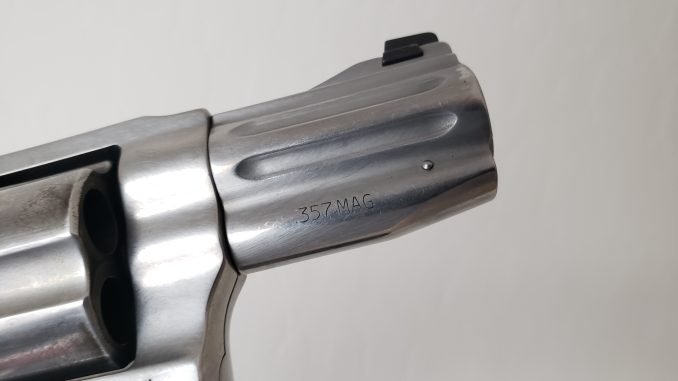
There’s something about the .357 Magnum that inspires awe in many shooters. While not quite the earth quaking round that the .44 Magnum is, the 357 is still regarded as an incredible man stopper. More than once I’ve seen folks scoffing at the idea of modern revolvers chambered solely for the “wimpy” 38 Special. That carrying anything less is an exercise in futility, sure to get the user killed in the streets.
Does this internet conjecture have any basis in reality? For the average conceal carrier, is there any advantage to carrying full house magnum loads? If there is, I don’t think the juice is worth the squeeze. Let me tell you why I believe you don’t need to carry .357 Magnum.
Little Ballistic Advantage in Concealment Focused Guns
In snub nose, carry focused guns, there isn’t much ballistic advantage to carrying a magnum cartridge. The shorter barrel significantly cuts into any velocity gains you could expect from a bigger gun, resulting in reduced performance despite the increased recoil and blast. This isn’t to say that there’s never a time or place to carry magnum loads, but this isn’t one.
Of course you don’t have to take my word for it. Here’s a quote from Doctor Gary Roberts’ self defense ammunition study: “There is no reason to go with .357 mag in a J-frame, as the significantly larger muzzle blast and flash, and harsher recoil of the .357 Magnum does not result in substantially improved terminal performance compared to the more controllable .38 Special bullets when fired from 2” barrels.“
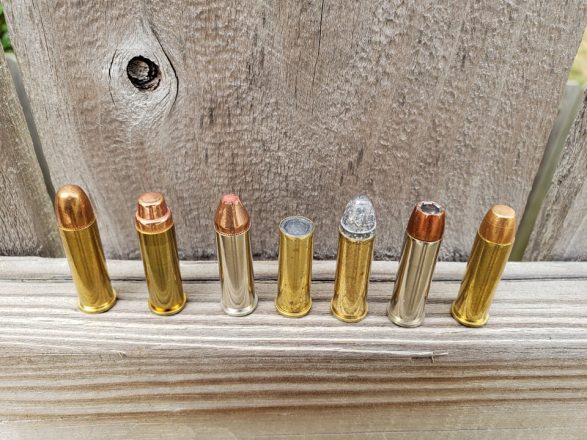
Greg Ellifritz has real-world data on .38 Special and .357 Magnum performance in his study on stopping power, found >>HERE<<.
In addition to real world data, we also have mountains of data from ballistics gel testing. HERE we have data from Chuck Haggard and Mark Fricke, presented by Greg once again. Lucky Gunner also has stellar material, including a variety of .38 and .357 testing with both snub and duty size revolvers, found HERE.
Impacts of Magnum Blast and Recoil on Shootability
Magnum loads are more powerful, if that wasn’t immediately obvious. The additional power typically results in increased muzzle blast, noise, and recoil from the gun directed at the shooter. This often leads to fear or discomfort with the gun, resulting in a lack of training and practice. While this isn’t terribly important if we’re only firing a single round, it can quickly become problematic when follow-up shots are necessary. For shooters less experienced, this can lead to severe physical responses when shooting, such as a massive flinch, or the closing of eyes before pressing the trigger. Both of these can result in misses on target, failing to stop the threat and endangering bystanders.
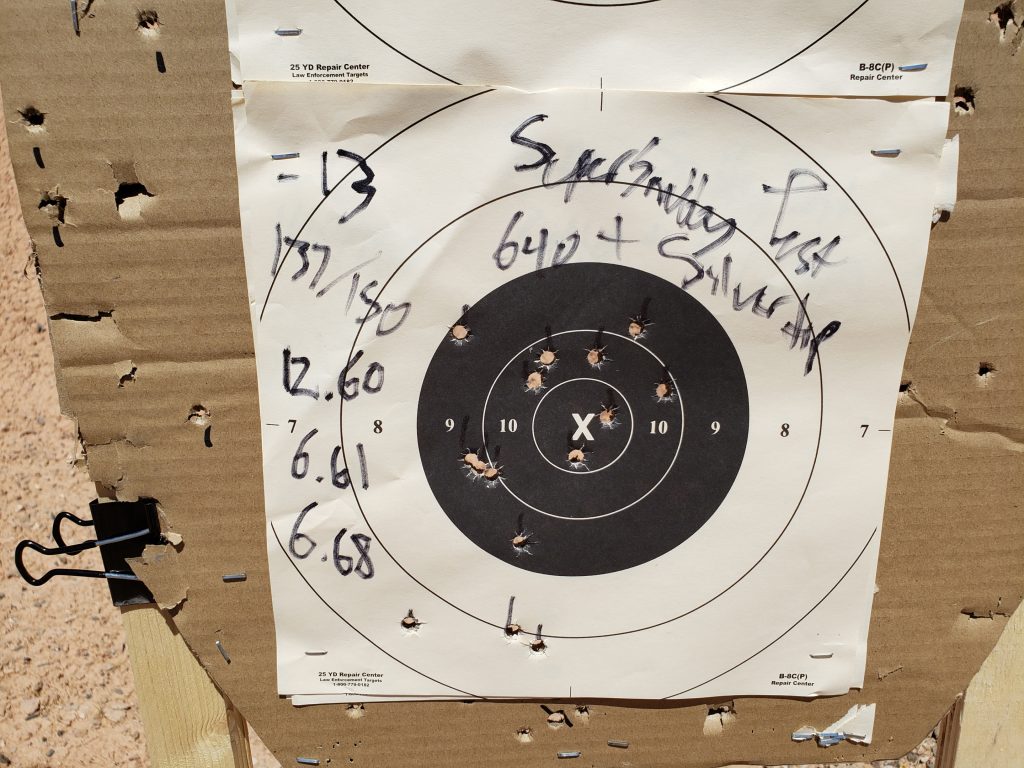
On more than one occasion I’ve heard stories from law enforcement where officers threw their guns down after firing their first magnum rounds in training and in combat, thinking their guns had just exploded in their hands. Some of these are extreme examples, but real world experience nonetheless. With little ballistic advantage coming from magnum rounds in our snubbies, why subject ourselves to unnecessary abuses?
Shootability of Magnums and Test Results
In an attempt to measure performance in this category I decided to put my marksmanship to the test. I fired multiple examples of the Hardwired Tactical Super Snubby Test with various loads to see how they impacted my times and scores. This was performed using a Smith & Wesson 640 Pro, a gun I’ve used in classes with people like Darryl Bolke, Chuck Haggard, and Matthew Little. As a caveat, this is a heavy gun, and results will likely be more severe when using something like a Ruger LCR, S&W 340PD, or other lightweight revolvers.
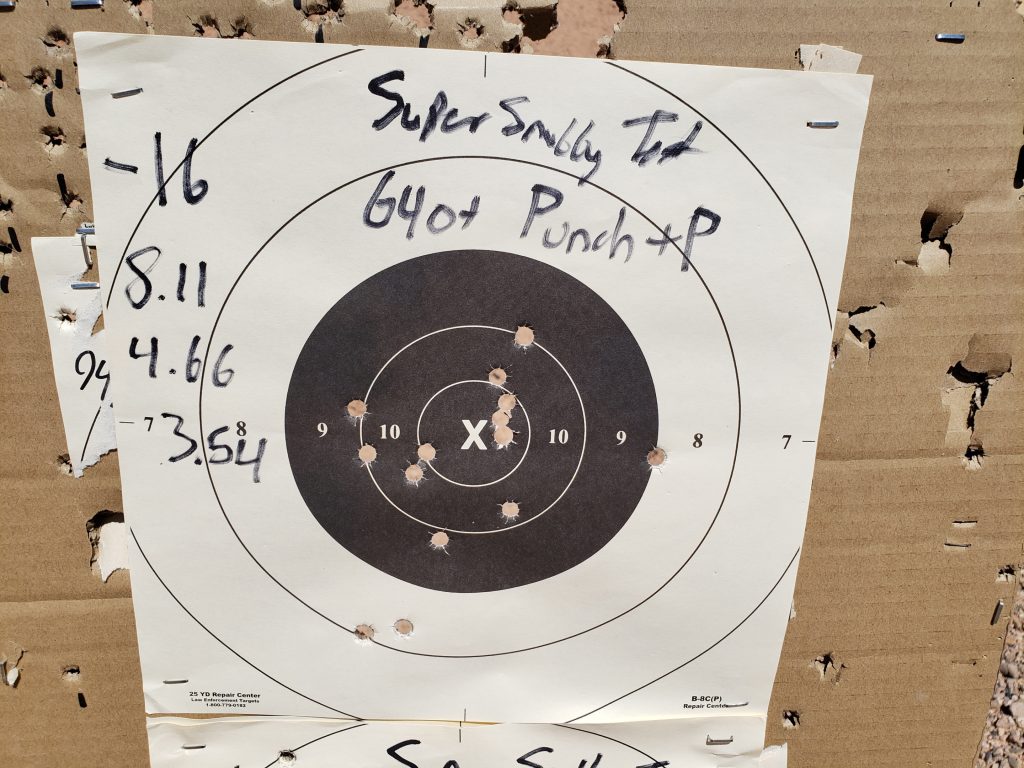
My ammunition choices are largely what I can find on the shelf in my local big box store. Our magnum load is Winchester Silvertip 145gr JHP, coming in at 1290FPS at the muzzle according to the box. Splitting the difference between power and control is Federal Punch 120gr +P JHP, with a solid 1000FPS muzzle velocity. Finally we have my preferred defensive load, Federal Gold Medal Match 148gr wadcutters, at a cool 690FPS. I’ve previously spoken about ammunition selection, so we’ll leave those details for later.
Test Results
Unsurprisingly, the lighter loads are easier to shoot. Gold Medal Match brought home the bacon in terms of time and accuracy during the Super Snubby Test, once again showing why it earns a spot in my gun. Federal Punch is really impressive, despite giving me a little trouble at the 15 yard line. With a little practice I think I’d be completely comfortable throwing Punch into my carry gun, though my limited stock prevented re-shoots to test this.
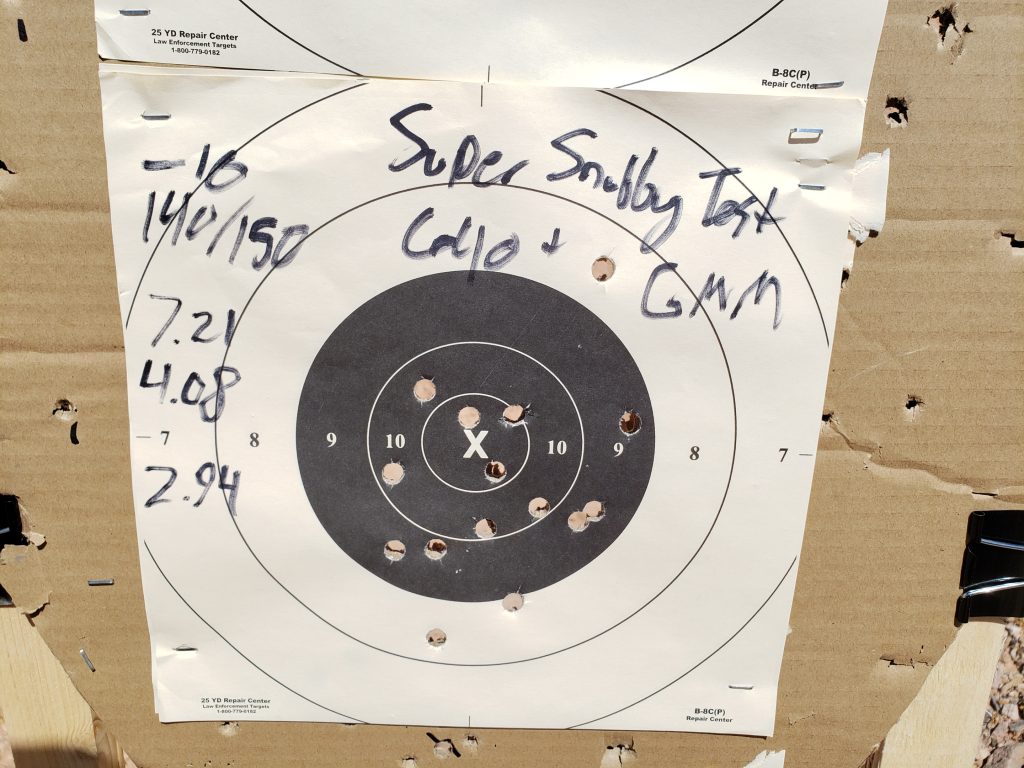
Silvertip is far from the hottest .357 Magnum load I’ve fired, but it is far from what I’d be comfortable throwing into a carry gun. Across the board my times were significantly worse with Silvertip than the other rounds tested here. While my raw score was not the lowest, I was well into failure of the Super Snubby Test here. As a caveat, my three yard stage was excessively slow, which skewed results.
In an effort to rectify this, I reshot the final stage with my remaining three rounds. This resulted in a 2.08 raw time, with 0.57 second splits. The logical conclusion here brings the time to roughly 3.22 seconds using magnums, but shot accountability was far lower than with standard pressure or +P .38 Special loads. Proximity seems to reduces shortcomings of excessive recoil, but performance still suffers. Unfortunately, we cannot always choose the distance of an engagement, so stacking the deck against ourselves likely isn’t our best bet.
A Few More Thoughts On Shooting Magnums
These results aren’t meant to say that we should carry the lowest recoiling round possible. If that were the case, we’d all be rocking pellet guns or airsoft. While accuracy/precision and speed of follow-up shots is important, it must be balanced with acceptable wound ballistics. Find a round that shoots to your sights, is controllable, and meets performance standards mentioned earlier in this work.
Weight and Price Constraints of Magnum Revolvers
A heavier gun isn’t always bad, especially when worn along the belt. That said, many of us find ourselves throwing a snubbie into a pocket around our ankles. While a heavier gun will help soak up some of the recoil we just covered, it can limit the positions we carry the gun in. Additionally, magnum rated revolvers are typically more expensive than their 38-only counterparts. This means less money for quality support gear like holsters, ammunition, and range time to become more proficient with our compact cannons. Here are just a few examples comparing common .38 and .357 options. These numbers are pulled directly from the manufacturer’s websites at the time of this writing:
- Taurus 856, .38 Special
- MSRP: $379.99
- Weight: 22oz
- Capacity: 6
- Taurus 605, .357 Magnum
- MSRP: $419.99
- Weight: 24oz
- Capacity: 5
- Ruger LCR, .38 Special
- MSRP: $739
- Weight: 13.5oz
- Capacity: 5
- Ruger LCR, .357 Magnum
- MSRP: $859
- Weight: 17.1oz
- Capacity: 5
- Smith & Wesson 642, .38 Special
- MSRP: $539
- Weight: 14.4oz
- Capacity: 5
- Smith & Wesson M&P 340, .357 Magnum
- MSRP: $959
- Weight: 13.8oz
- Capacity: 5
As we can see here, the magnum variants are always pricier, often times by a fairly wide margin. Weight differences are fairly negligible, but ounces can start to weigh heavy on the body in certain carry positions. If carrying exclusively along the waistband, this additional weight may help reduce recoil, even when paired with light loads. This combination helps to make my 640 Pro a sweet shooter, even at its small size.
Magnum Load Impacts to Service Life
Rarely do I see shooters today firing a steady diet of magnum, or even +P ammunition through their guns. Firing the occasional filling-rattler won’t do much of anything to harm you, or your gun. For those of you in the “train how you fight” category, it may be a different story. Regularly blasting away with high power ammunition will increase wear on your gun, shortening the lifespan of parts, and potentially your joints as well. Pairing magnum loads with lightweight firearms only magnifies this problem, as I personally experienced with an internal lock activating under recoil.
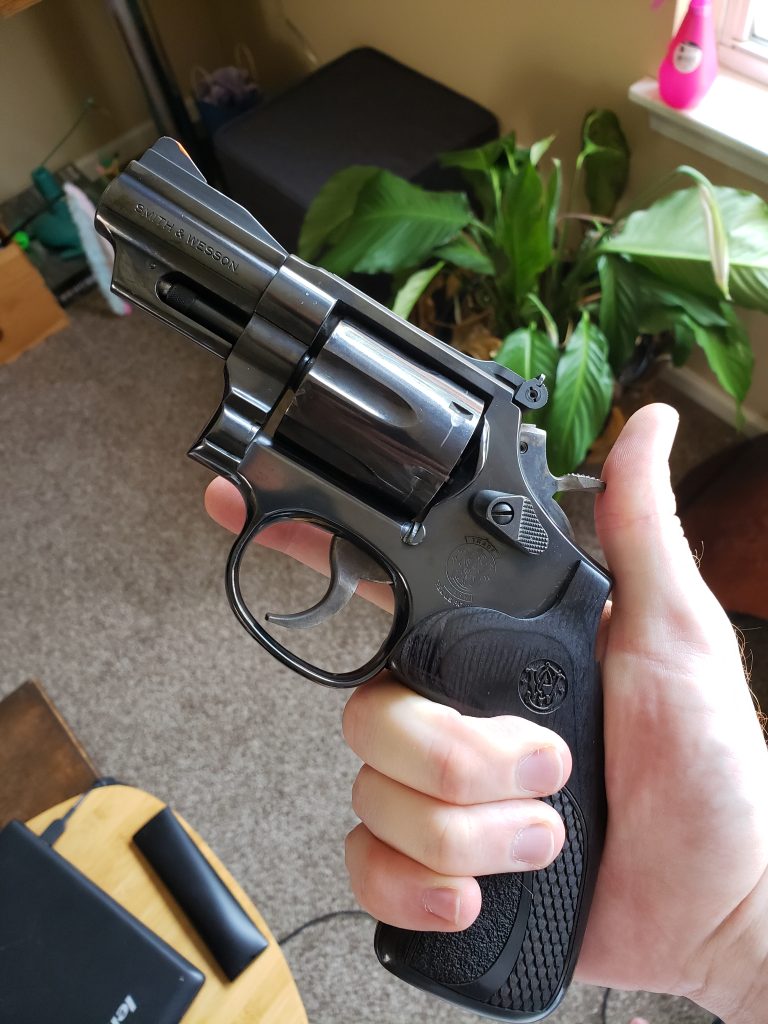
Modern metallurgy has helped improve the longevity of our guns compared to days past, but physics is physics. I suggest doing the majority of your practice with lighter loads, while occasionally vetting your performance with your carry load of choice. Your gun, and your body, will thank you over the long haul.
Final Thoughts on Magnums for Conceal Carry
Despite what this article may seem like, I don’t hate magnum calibers. What I do hate is giving away performance with no return in capability. Unfortunately, magnum loads rarely do much to improve our chances of survival in a defensive encounter when paired with a snubnose revolver. From their excessive recoil and blast, to their higher cost, it’s not a winning formula for most people. If you find yourself content with your setup, then keep carrying it, though there may be a better option for you.
Author’s Note: The conclusions found in this article are strictly my own. I do not intend to speak for the author’s whose work I’ve cited here, but instead use their data to help draw conclusions based upon my values, goals, and experiences.
Support My Work
If you made it this far, thanks for reading! Writing isn’t my full-time profession, and nearly everything I do comes out of my own pocket. Between ammunition, tuition, range fees and more, expenses add up fast. If you like what I have to offer, consider making a donation to my Patreon.
Every bit helps bring more work like this to you, and contributes to shortened timelines or more in-depth work on my part. You’ll also have more direct access to me, offering suggestions for future projects, looking behind the scenes, and getting early access to some content. You can find my Patreon >>HERE<<




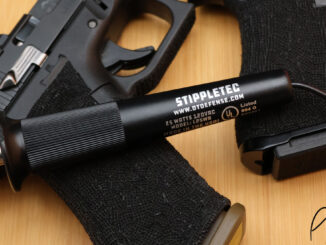
Great article, Dan. I am certainly not immune to the “mystique of the magnum,” myself. And while I enjoy blasting .357s in my I-Frame Trooper, that’s a beefy gun; I’m inclined to agree that good .38 loads make more sense in smaller-framed/carry-oriented revolvers. I remember shaking, a little, after shooting a dozen or so magnums in my K-Frame snub. Whew.
If you wish the most out of a snub .357 Magnum may I suggest Buffalo Bore .38 spl. 158gr LSWHP ammo. The ‘+p’ version out of a 2 inch barrel actually clocks 1000 fps! And the 2 1/2 barrels (S&W 19 Combat Magnum snub) 1050 fps! BUT I bet it kicks unmercifully out of a S&W airweight J .38!!!
And being just +p .38s your gun will last and last. It is my ‘go to’ load for my Colt King Cobra Carry 2 inch .357 snub!
Interesting article and much food for thought. Rethinking my decision to buy a 3″ .357 for concealable carry. I had been wondering about the .357 in the shorter barrel, there’s enuff fireball from my 4″.357’s.